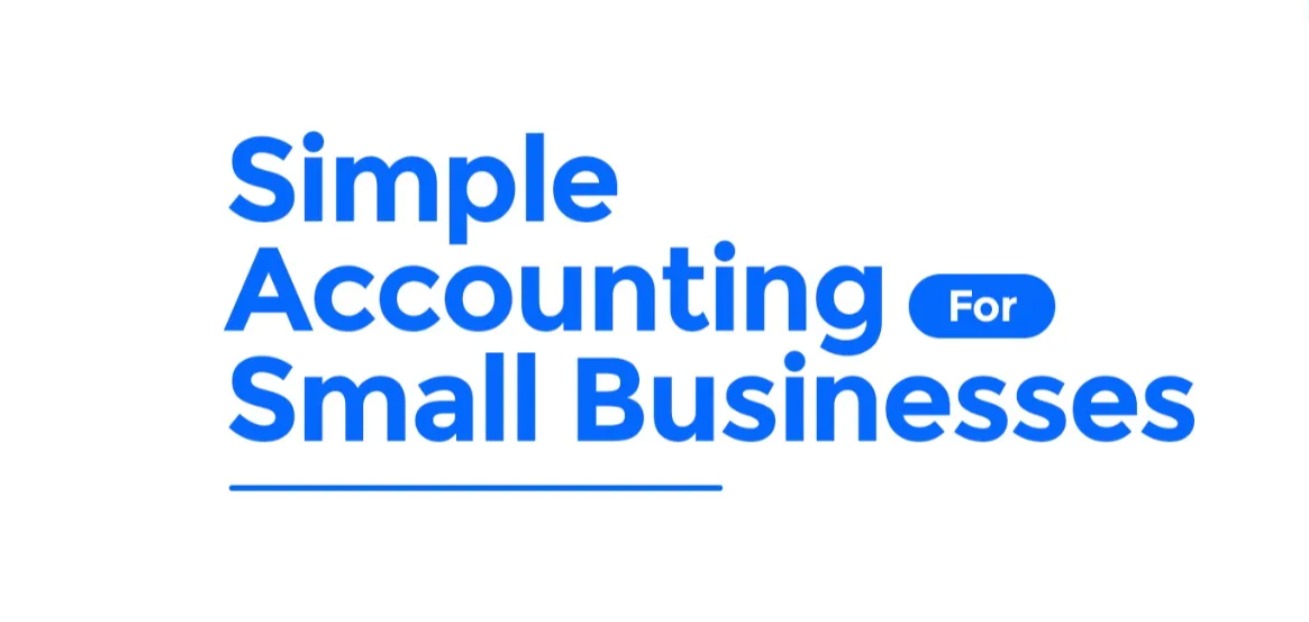As enterprises charge ahead with digital transformation, the multi-cloud and edge computing paradigm has become the bedrock of modern IT strategy.
The rationale is clear: businesses need flexibility, agility, and resilience. Multi-cloud architectures, spanning public clouds like AWS, Azure, and GCP, alongside private and edge infrastructures, offer precisely that. But this evolution comes with a significant caveat: complexity breeds vulnerability.
A recent research framework on an Enterprise Grade Multi-Cloud Platform (MCP) offers a timely response to these challenges.
It makes a bold but necessary assertion, cloud security, governance, and workload orchestration must be unified by design, not bolted on after deployment. This is not just about optimizing cloud use; it’s about securing the digital backbone of the modern enterprise.
The Security Reckoning
Multi-cloud and edge computing aren’t merely buzzwords, they are operational imperatives. Enterprises leverage them to avoid vendor lock-in, comply with data localization laws, and meet diverse latency and performance demands.
But these benefits come at a cost. Each additional environment introduces a new set of access controls, compliance frameworks, monitoring systems, and threat vectors. The result? A sprawling, siloed infrastructure that undermines both visibility and control.
The Enterprise Grade MCP framework directly addresses this fragmentation by introducing a federated control plane that spans cloud and edge environments. Think of it as a governance nervous system – coordinating, enforcing, and adapting security policies enterprise-wide, even as workloads shift and environments evolve.
What sets this model apart is its intentional design around real-world enterprise needs. Many existing cloud orchestration tools fall short because they operate on assumptions that don’t match the complexity of hybrid operations. This platform, by contrast, starts from the premise that governance, compliance, and security are non-negotiable, and must be woven into the architecture itself.
Zero Trust, Fully Integrated
A standout feature of the MCP framework is its embrace of zero-trust architecture. In traditional network models, trust is assumed based on location or credentials. That assumption has proven disastrous in an era of credential theft, insider breaches, and lateral attacks.
Zero trust flips the model: no entity, whether user, device, or application, is trusted by default, regardless of where it operates.
Every access request is authenticated, authorized, and encrypted. This framework operationalizes that principle across distributed cloud and edge environments using fine-grained identity and access management (IAM) controls. For enterprises dealing with sensitive data, whether in finance, healthcare, or government, this level of granular control is not just desirable, it’s essential.
The platform’s IAM model also supports federation across identity providers, allowing organizations to bridge legacy systems and modern cloud services seamlessly. That’s a critical capability in enterprise environments where disparate authentication mechanisms must coexist.
Intelligent Policy-Driven Automation
While security is paramount, operational efficiency can’t be overlooked. This is where the MCP framework’s policy engine shines.
It enables intelligent workload placement based on business logic: data sensitivity, jurisdictional compliance, compute demand, and latency thresholds.
In practice, that means sensitive healthcare records can be automatically deployed in compliant, regional data centers, while non-sensitive workloads are distributed for performance.
This automation reduces the cognitive load on DevOps and cloud operations teams. Instead of managing deployment decisions manually, or worse, retrofitting compliance after deployment, the platform handles it through predefined, auditable policies. It’s DevSecOps done right: secure by design, efficient by necessity.
Modular, Adaptable, and Enterprise-Ready
Another strength of the proposed MCP framework is its modularity. It’s not a monolithic solution that demands enterprises abandon their current tools or infrastructure.
Instead, it’s designed to integrate with existing cloud-native and legacy environments through standard APIs and extensible interfaces.
This pragmatic approach lowers adoption barriers. CIOs and CTOs don’t have to choose between innovation and stability.
They can incrementally layer governance, security, and orchestration on top of their current operations, improving resilience without rearchitecting from scratch.
Moreover, the framework anticipates the need for future scalability. With the explosion of edge devices, from smart factories to autonomous vehicles, the MCP model scales governance out to the farthest edge, ensuring that security and compliance are maintained even as infrastructure grows in volume and velocity.
Why It Matters Now
The need for a secure, unified multi-cloud framework isn’t hypothetical, it’s urgent. Cyberattacks are growing more sophisticated.
Regulatory scrutiny is intensifying. Enterprises are under pressure to move fast, yet any misstep in cloud governance can have devastating consequences, from data breaches to million-dollar fines.
At the same time, cloud environments are only becoming more diverse and distributed. Without a common control plane, the complexity will soon outpace the ability of IT teams to manage risk effectively.
The Enterprise Grade MCP doesn’t just solve a technical problem, it provides a strategic foundation for digital trust. It enables enterprises to move fast and stay secure, to scale and stay compliant.
For enterprise leaders reading this on Techeconomy, the message is clear: the cloud is no longer a single platform.
It’s an ecosystem. Managing it with fragmented tools and reactive policies is no longer viable. A federated, secure, intelligent control framework is now a baseline requirement.
This doesn’t mean rushing into implementation. It means assessing your current cloud architecture, identifying governance gaps, and exploring platforms that align with the principles laid out in the MCP framework.
Begin by integrating identity federation. Introduce policy-based workload automation.
Build toward a zero-trust security posture. Each step brings your organization closer to a future-proof multi-cloud operation.
In the race to innovate, enterprises must ensure they don’t outrun their security posture. Agility without governance is a liability.
The proposed Enterprise Grade Multi-Cloud Platform offers more than technical solutions, it offers architectural clarity for an increasingly chaotic digital landscape.
Enterprises that adopt this model won’t just survive the next wave of cloud evolution; they’ll lead it.
About the Author
Samson Aligba is a highly regarded business and product leader in the financial technology (fintech) sector. He is recognized for his innovative product development approach and ability to blend experimentation with best practices to deliver groundbreaking solutions. He is primarily known for his work in developing secure digital interfaces and domain-specific languages that have significantly advanced fraud risk management and data processing in financial services.
![]()
The post Securing the Future of Multi-Cloud: Why Enterprise-Grade Platforms Are No Longer Optional appeared first on Tech | Business | Economy.

.png) 14 hours ago
3
14 hours ago
3




.png)







 English (US) ·
English (US) ·